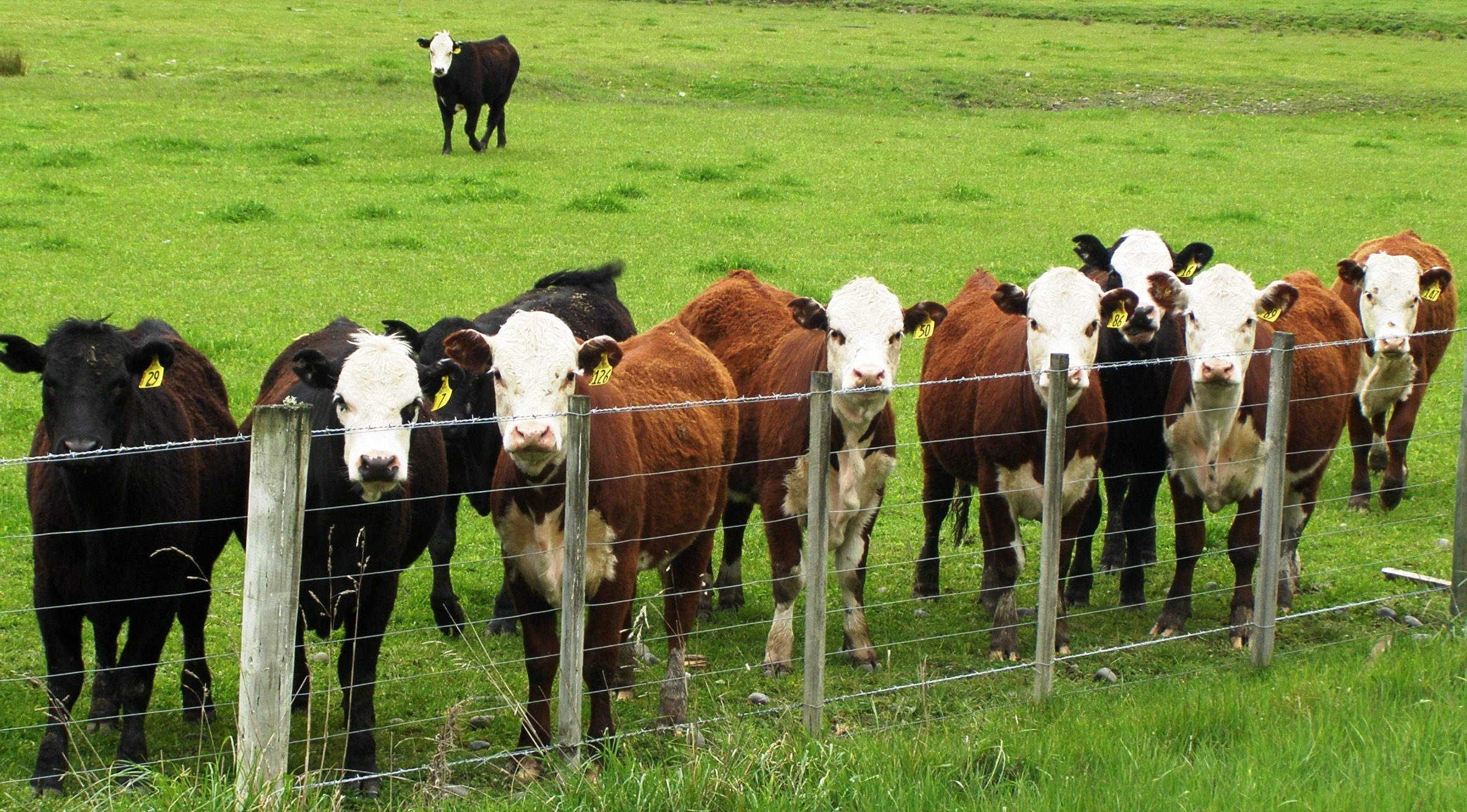Lost in the Confusion
Amid the roar of the financial chaos and their ability to affect,
seemingly every market, one sector has been quietly building a base and should
be renewing buying interest. Remember back in late May and June during the
wettest spring ever when the concerns of crop planting were making the local
news? The ensuing run up in grain prices soon had everyone beating the drum of ethanol’s
demand on corn prices and the cost of bread, chips and cereal.
Since the grain markets peaked in July, many of them have
sold off considerably. Soybeans have fallen from an all time high of $16.47
down to $11.00 per bushel. Corn and wheat are also off 30 – 35%. The main
reasons for this sell off has been the exceptional growing conditions helping to
make up for the wet spring as well as the typical seasonal pattern the grain
markets have of selling off once the crop has been planted. Further pressure
was added this summer by the rise in the U.S Dollar and the global demand
reduction associated with increasing purchase costs as a result of the exchange
rate.
Soybeans and wheat continued to decline this past week amid
the global uncertainty of the financial markets and a general flight from
derivative based investment. However, corn made its low of $5.00 per bushel
more than a month ago. Also, the corn market failed to make new lows amid the
financial panic. Technically, corn need only close above $5.67 to setup a
genuinely bullish breakout of a double bottom.
Fundamentally, while the corn crop has grown well, the late
planting has had an effect on the maturation process of the crop. The saying
being floated by the corn pundits is, “Looks good from the road but not in the
field.” This year’s crop will be especially vulnerable to an early frost or
cool late summer as the late planting is affecting the finishing of the crop.
Lastly, and most importantly, the global corn crop began this year at one of
the tightest stocks to usage ratio on record. Basically, this means that there
was less of the previous year’s corn crop still available in the pipeline at
the beginning of this year’s planting season.
It appears in the USDA grain reports that given the acreage planted, the projected
yield and demand for this year’s crop will do little to ease this issue. While
we move to global “on demand inventory,” it’s important to know that commodity futures
supplies are static. Government’s can print money. Stock exchanges can forbid
short selling and banks can be bailed out. However, neither the U.S. Federal
Reserve nor the European or English Central Banks can create more corn. Those
who have been losing sleep over the next financial market, “Breaking News
Bulletin,” may wish to consider something more grounded.
Andy
Waldock
P -
866-990-0777
F -
419-624-0937




